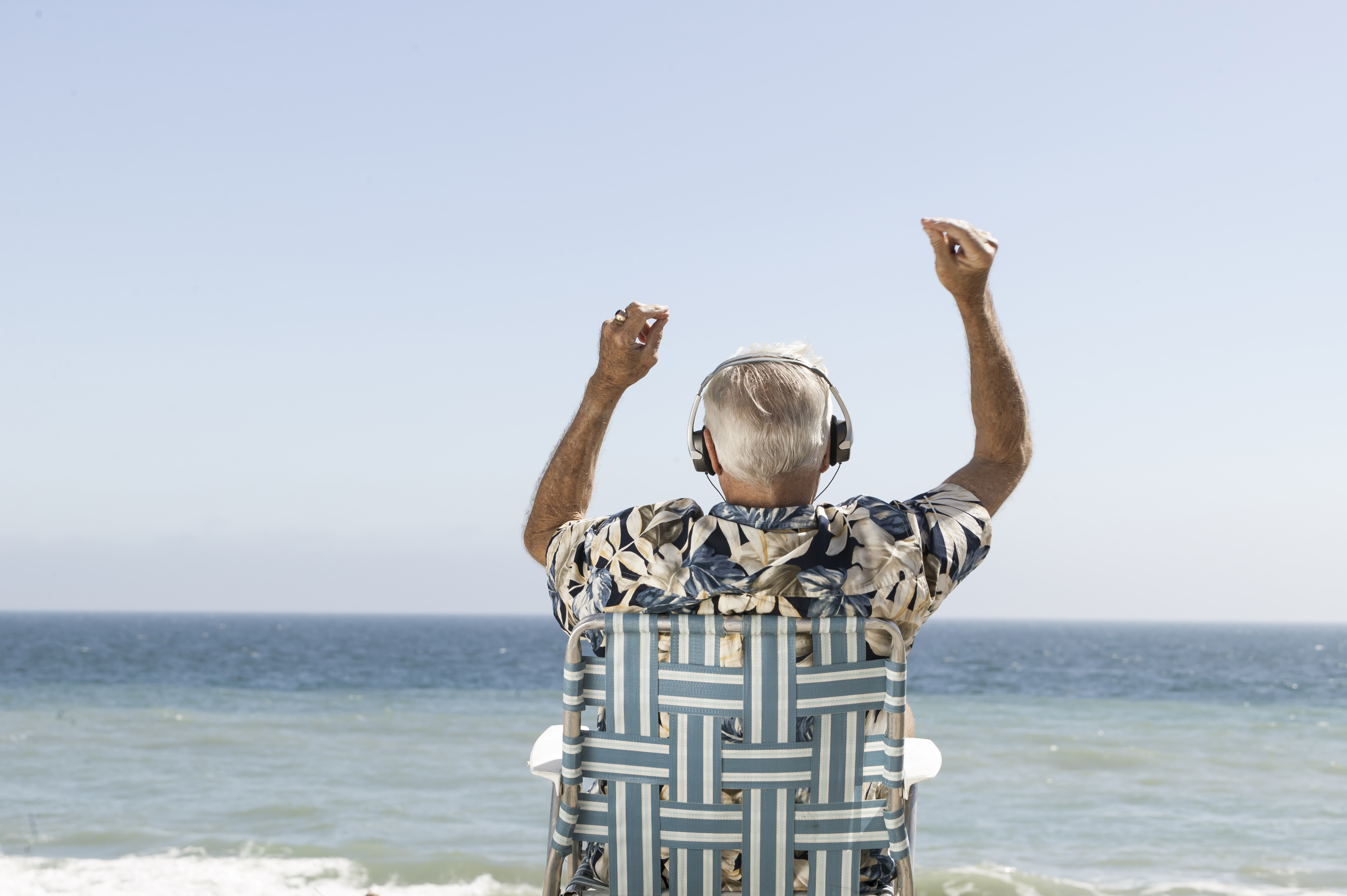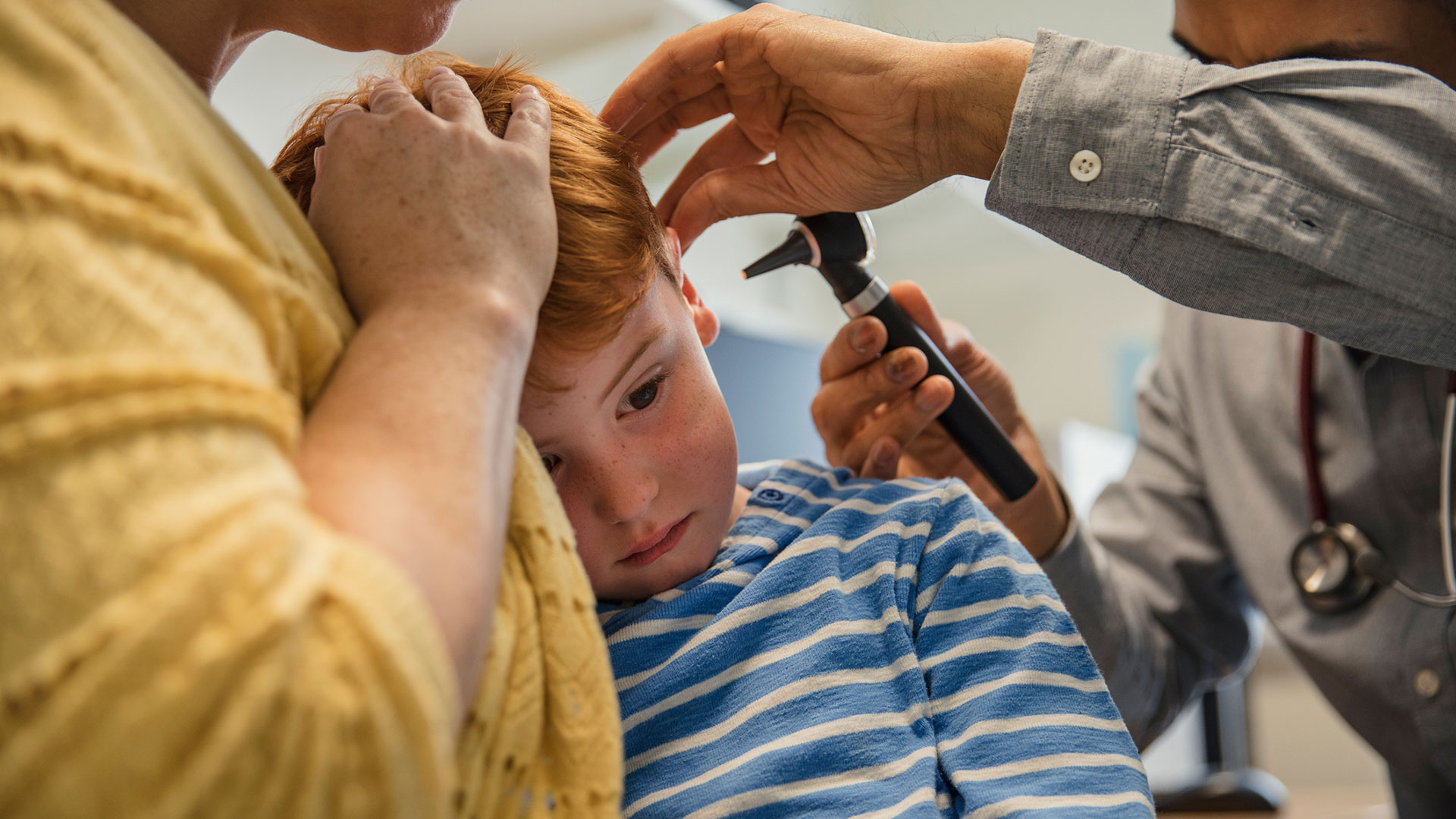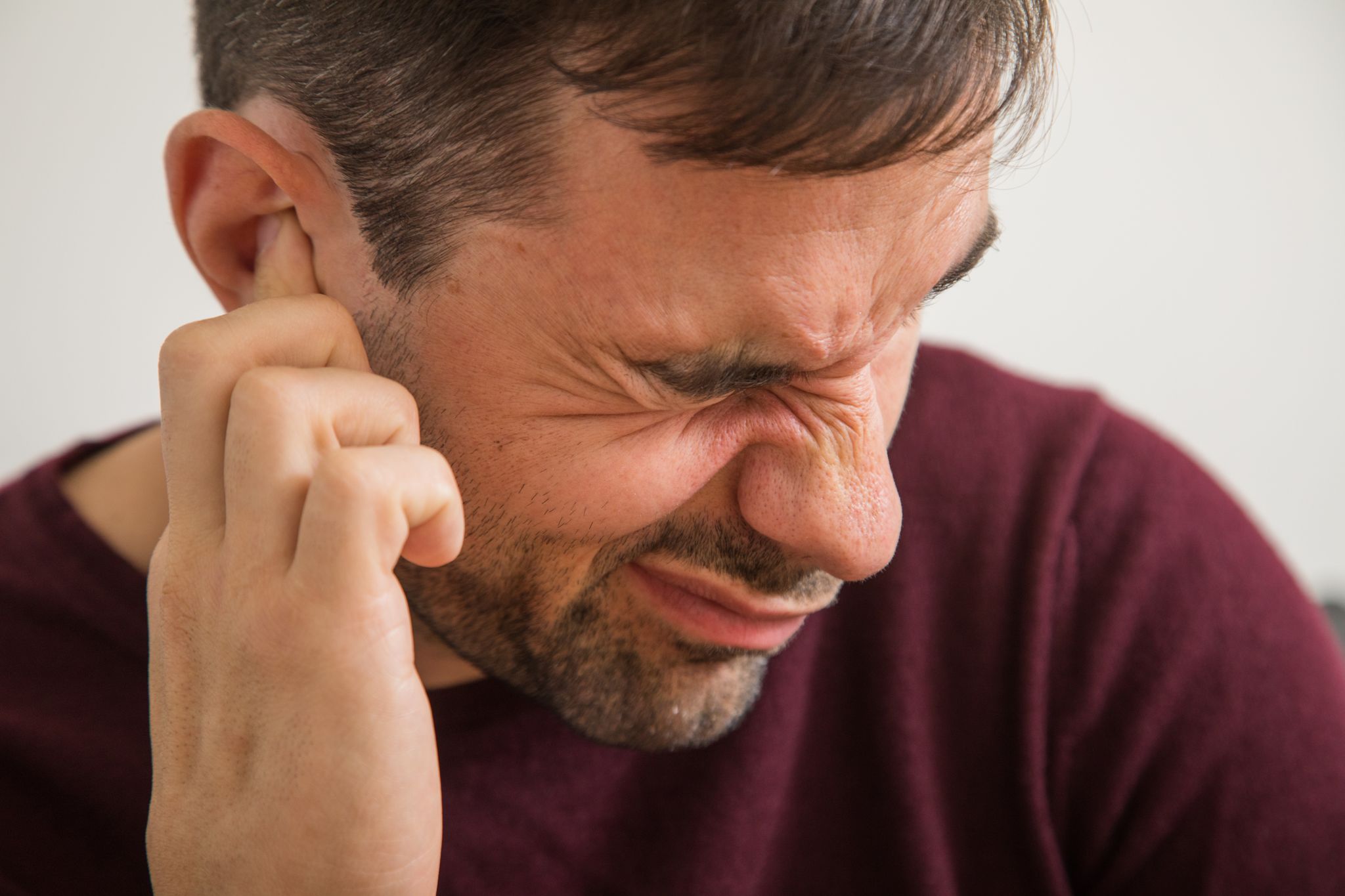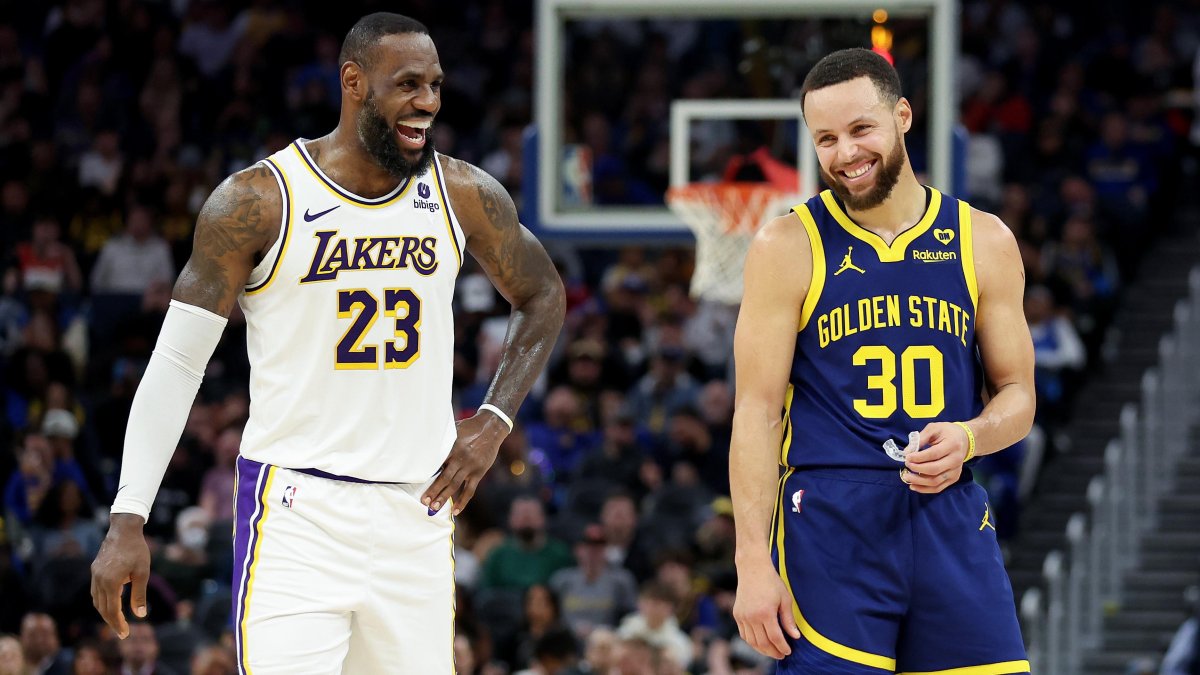:quality(85)//cloudfront-us-east-1.images.arcpublishing.com/infobae/7VVZYU7BD5BQRDBKD7W2LSLDF4.jpg)
According to data from World Health Organization (WHO), More than 5% of the world’s population suffers from hearing loss and requires rehabilitation. It is estimated that by 2050 that number will exceed 700 million (one in ten). now, A new study More than 1 billion teenagers and young adults are at risk of hearing loss due to hearing aid use, warns Over ear headphones -part of that head- or Wireless And even for going places Loud music.
Hearing loss can be caused by genetic causes, birth defects, certain infectious diseases, chronic otitis media, exposure to loud sounds, use of ototoxic drugs, and aging. However, many of these causes are preventable through public health strategies and lifelong medical interventions.
“An estimated 0.67 to 1.35 billion adolescents and young adults worldwide are at risk of hearing loss due to exposure to unsafe listening practices,” the study’s authors published Tuesday in the journal Science. BMJ Journal.

The youth Particularly vulnerable are the use of Personal Listening Devices (PLD, abbreviated in English) such as smartphones, wireless or wired headphones, headphones and visiting places with loud music, amid poor regulatory enforcement.
Previously published research suggests that PLD users often choose larger volume blocks 105 decibels (dB), Entertainment venues have average sound levels 104 and 112 dB, This exceeds the permissible levels (80 dB for adults and 75 dB for children) even for a very short period of time.
The researchers measured the prevalence of unsafe listening practices among adolescents and young adults to create a global estimate of how many people experience hearing loss. They then searched through research databases for relevant studies published in English, French, Spanish, and Russian that included 12- to 34-year-olds and reported objectively measured device release levels and duration of exposure.

Thirty-three studies involving 19,046 participants worldwide were included. Seventeen papers use PLD and 18 use noisy recreation spaces. Considering that there are currently 2.8 billion adolescents and young adults between the ages of 12 and 34, the researchers estimated the global number of people at risk of hearing loss.
Analysis of pooled data revealed that the prevalence of unsafe listening practices due to use of PLD and attendance at noisy entertainment venues was globally common (24% and 48%, respectively) among adolescents and young adults.
Using these numbers, the researchers calculated the number of adolescents and young adults worldwide. Between 670 and 1.350 million (Average value close to 1,010 million).

Deafness of hearing Children According to researchers, this can lead to lower academic performance and decreased motivation and concentration.
In the case AdultsHearing loss may be linked to worsening mental health, low income, depression, cognitive decline and heart problems, says the US Centers for Disease Control and Prevention (CDC).

Noise exposure from electronic devices and places with loud music is a “modifiable risk factor,” according to researchers, and there are things you can do to protect your ears:
– If possible, take a break from exposure.
– Use hearing protectors such as foam earmuffs in noisy environments.
– Set the distance between you and a noise source such as speakers at an event.
– Keep devices at a safe level. Some mobile phones have features that alert you when content is too loud.
“If there is too much noise that is considered harmful, there are cases where a person suddenly and suddenly loses the ability to hear in one ear. This picture is called acoustic shock. Beyond all these recommendations, it is preferable to use the loudspeaker of the devices to avoid other problems such as the acoustic nerve system (8th cranial nerve). It’s important to start spreading the word,” he said in the conversation. infobae Doctor Stella Maris Cuevas (MN 81701), otolaryngologist, allergist and past president of the Otolaryngology Association of Buenos Aires (AOCBA).
According to the expert, “Deafness is something that can affect anyone. As we always emphasize, timely medical consultation is important to achieve early diagnosis and, in this way, improve the quality of life of people with hearing loss.
Continue reading:

“Introvert. Thinker. Problem solver. Evil beer specialist. Prone to fits of apathy. Social media expert. Award-winning food fanatic.”





More Stories
Breaking news on Iran's attack on Israel, the war with Hamas and the situation in Gaza, live: news, reactions and more
The Oddities of War in the Middle East | Comment
Forget the scorpions at home with this easy-to-scare plant